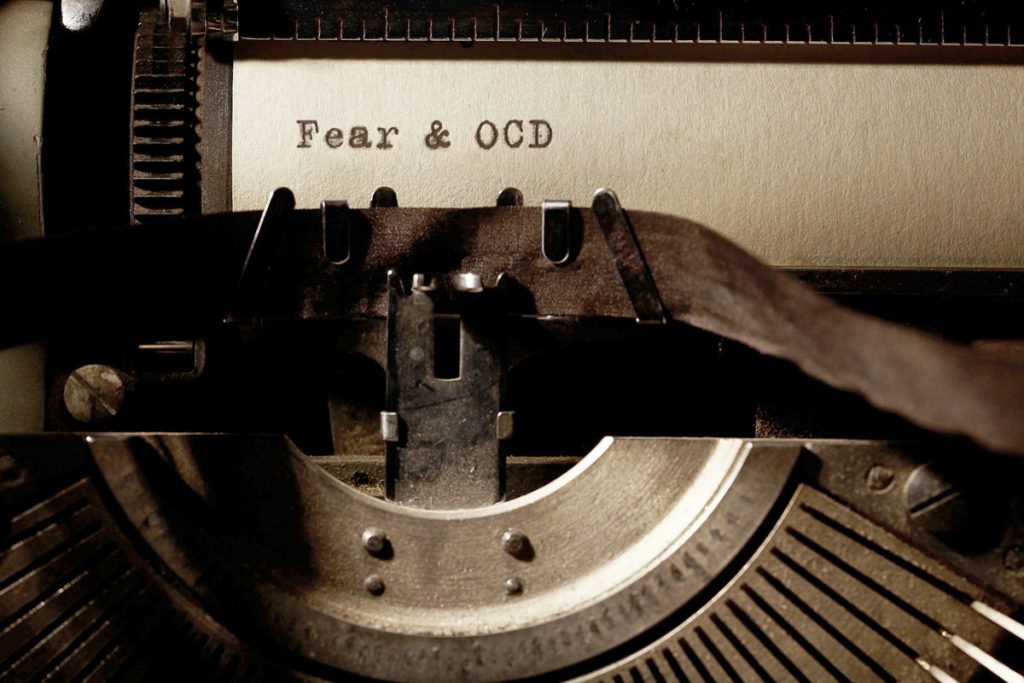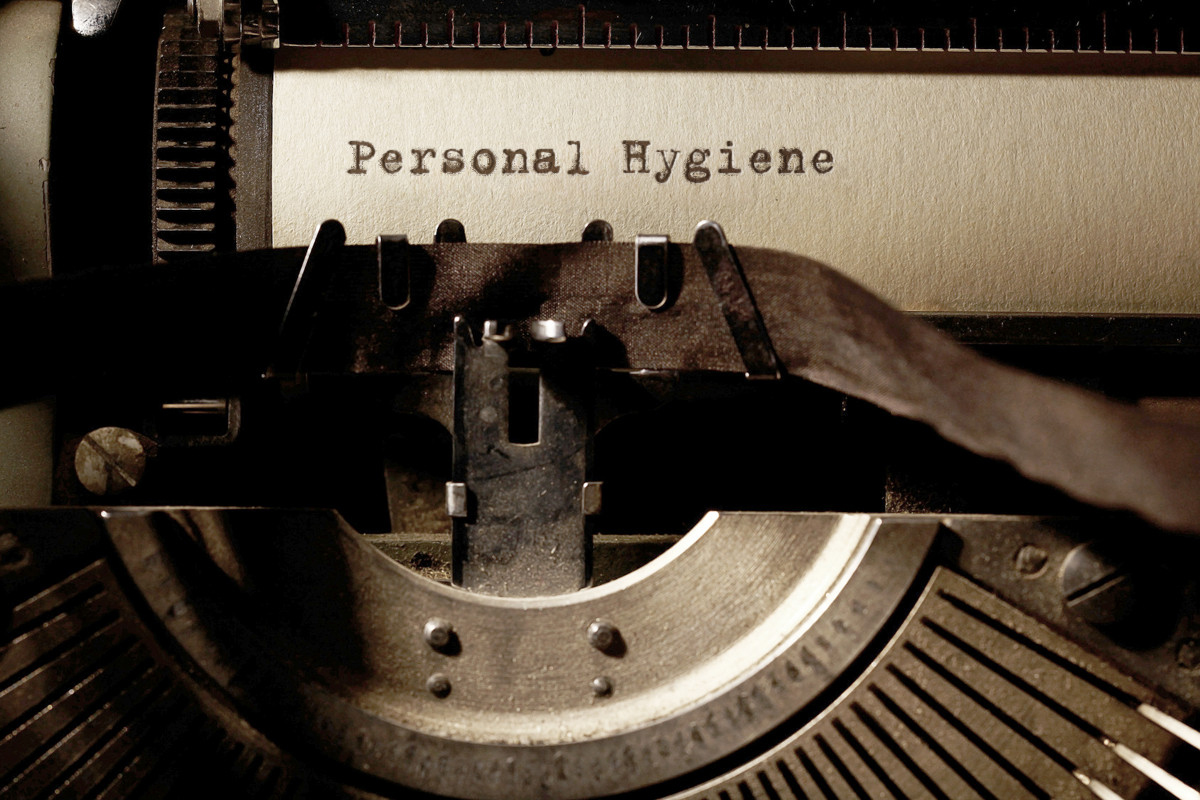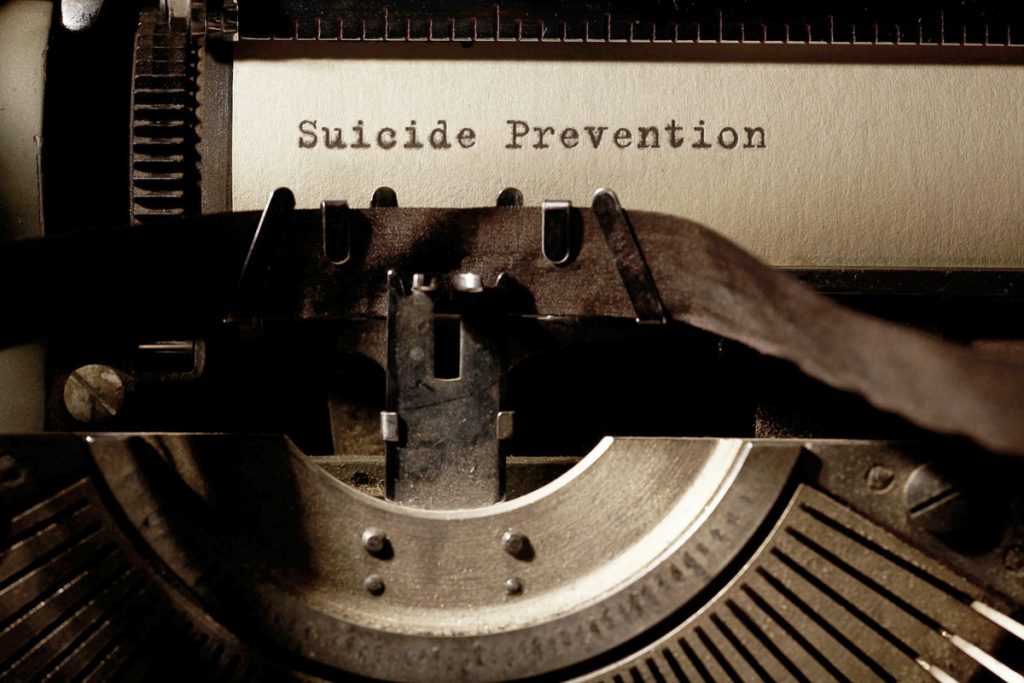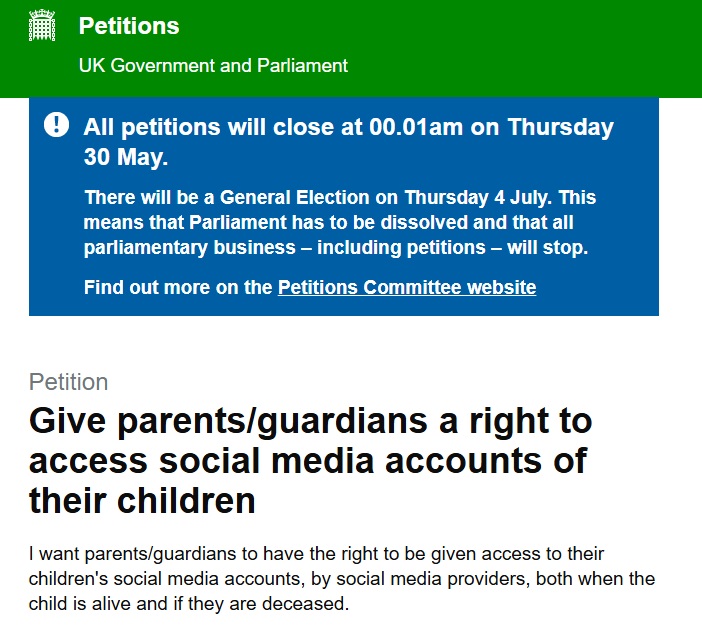
OCD and Germ Contamination: Understanding the Fear and Its Implications
Obsessive-Compulsive Disorder (OCD) is a mental health condition characterized by intrusive thoughts (obsessions) and repetitive behaviors (compulsions). A common subtype of OCD is contamination OCD, where individuals have an intense fear of germs, dirt, or other contaminants. This fear can be so overwhelming that it significantly impacts daily life, including the ability to go out in public.
Understanding Contamination OCD
Contamination OCD involves a fear of germs and an intense need to avoid perceived sources of contamination. This fear is not just about being clean; it is an overwhelming anxiety that contamination will lead to illness, death, or severe discomfort. People with this condition often engage in compulsive behaviors, such as excessive hand washing, cleaning, or avoiding certain places or activities, in an attempt to alleviate their anxiety.
Reasons for Avoiding Public Places
For someone with a fear of germs, public places can be a source of significant stress and anxiety.
Here are 30 reasons why individuals with this fear might avoid going out in public, along with explanations for each:
- Public Restrooms: Fear of encountering germs on toilet seats, sinks, and door handles can be paralyzing.
- Public Transportation: Buses, trains, and subways are seen as breeding grounds for germs due to high foot traffic.
- Restaurants: Concerns about food handling, cleanliness of utensils, and surfaces can prevent dining out.
- Grocery Stores: Fear of touching carts, baskets, and products that others have handled.
- Workplaces: Shared spaces and equipment, like keyboards and phones, can cause anxiety about contamination.
- Schools: High concentration of people and shared facilities increase the perceived risk of germ exposure.
- Hospitals: Ironically, a place for health is seen as full of germs from sick patients.
- Shopping Malls/Centres: High traffic areas with many surfaces touched by others.
- Parks: Concerns about germs on playground equipment, benches, and public restrooms.
- Gyms: Shared exercise equipment and communal showers are seen as highly contaminated.
- Theaters: Fear of germs on seats and in confined spaces with many people.
- Public Pools: Concerns about the cleanliness of the water and surfaces around the pool.
- Airports: High volume of travelers and frequently touched surfaces are major anxiety triggers.
- Hotels: Worries about the cleanliness of rooms, especially bedding and bathrooms.
- Libraries: Fear of germs on books, computers, and other shared resources.
- Public Events: Crowded places like concerts and sports events are overwhelming due to close contact with many people.
- Grocery Checkout: Handling money or credit card machines touched by many people.
- Cafés: Concerns about the cleanliness of tables, chairs, and the handling of food and drinks.
- Churches: Shared hymnals, seating, and communion practices can trigger contamination fears.
- Public Markets: High traffic areas where goods and money exchange hands frequently.
- Doctor’s Offices: Fear of germs from other sick patients in waiting rooms.
- Playgrounds: Concerns about children’s exposure to germs on play structures.
- Public Transport Stations: High touch areas like ticket machines and railings.
- Amusement Parks: Shared rides and attractions touched by many hands.
- Public Beaches: Worries about the cleanliness of sand and public restrooms.
- Barber Shops/Hair Salons: Fear of germs from shared tools and close contact with others.
- Community Centers: Shared spaces and facilities used by many people.
- Dentist’s Office: Anxiety about the cleanliness of dental tools and surfaces.
- Car Rentals: Concerns about previous users and cleanliness of vehicles.
- Public Computers: Fear of germs on keyboards and mice in places like libraries or internet cafés.
Coping Strategies and Treatment
While contamination OCD can be debilitating, various treatments can help manage and reduce symptoms. Cognitive Behavioral Therapy (CBT), specifically Exposure and Response Prevention (ERP). ERP if you train your mind can help, however, one needs to be strong-willed, (for me I have tried to resist the urge on many occasions if I have accidentally touched something, but somehow my mind overpowers me). ERP involves gradual exposure to feared contaminants without engaging in compulsive behaviors, helping individuals build tolerance to anxiety.
Disclaimer: CBT & ERP does not fit all, where it may work for some people it may not work for others, so people need to be mindful (no pun intended).
Medications, such as selective serotonin reuptake inhibitors (SSRIs), can also help reduce symptoms. Additionally, mindfulness and stress management techniques can assist in coping with anxiety.
Conclusion
Understanding the reasons behind the avoidance behaviors in contamination OCD is crucial for compassion and support. By recognizing the profound impact this condition can have on an individual’s life, we can better support those who struggle with these fears and encourage them to seek effective treatment. With proper care, individuals with contamination OCD can lead fulfilling lives, even in the face of their fears.
I have lived with OCD for the best part of 40 years and in my happier moments have noticed my symptoms subside. But I am recovering from a lot of trauma that I have encountered in my life and I am trying to heal one day at a time. Recovery is going to take a long time. It is like going to the gym to lose weight, one needs to be in the right frame of mind, otherwise you go there a few times and then give up. This mindset applies to everything, alcohol addiction, drug abuse, smoking, and dieting. What I do as self-help therapy is document my health online (journaling). I have also become a recluse and fear going out for several reasons including ‘OCD Germ Contamination’. I don’t even like people visiting. I am trying to heal my way one step at a time.
Even though I have announced I am only working on the backend of my business on technical issues I have decided to come out today to educate people about what it is really like for someone to have a fear of germs and suffer from ‘OCD Germ Contamination’.
Useful Links:
- Online-Therapy.com
- 360-Wellbeing.co.uk
- https://disabledentrepreneur.uk/useful-links/
- https://disabledentrepreneur.uk/useful-links-2/
- https://disabledentrepreneur.uk/mental-health-support/




















